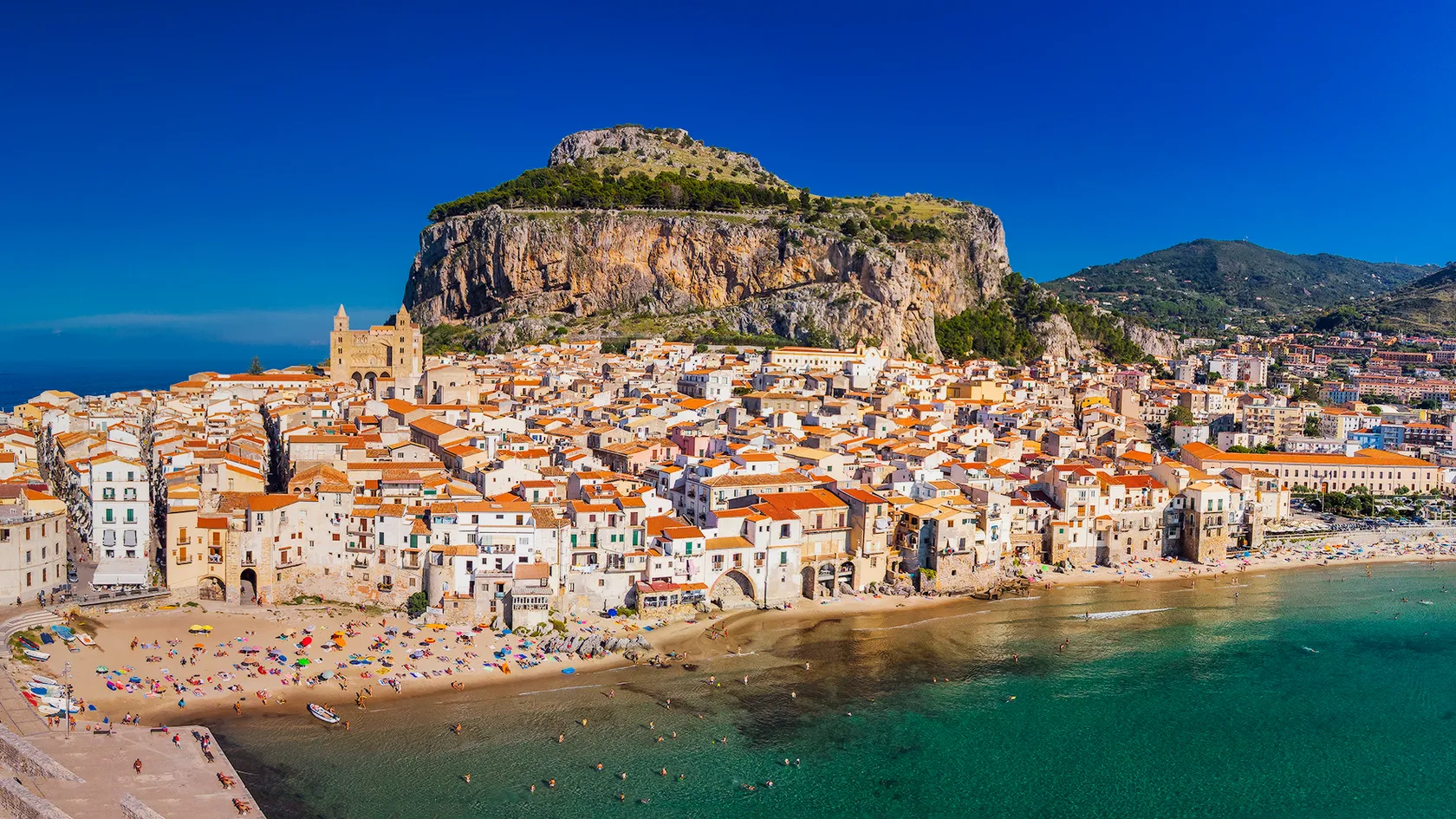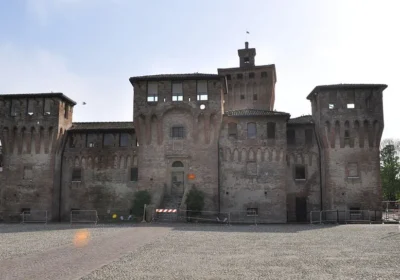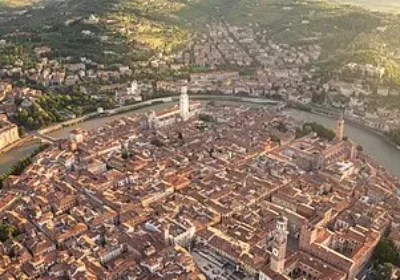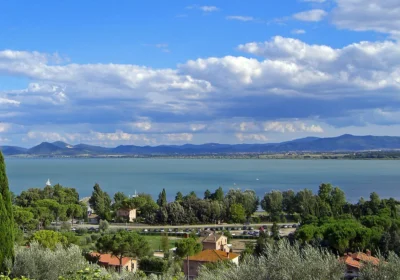Cefalù and Costelbuono tour.
Cefalù is a small resort town 70 kilometres from Palermo. Despite its modest territory and population of 14,000, Cefalù is the Sicilian pearl. The main Cathedral – in Piazza Duomo – was built in the Arab-Norman style back in the 12th century. The cathedral is famous for the beautifully preserved Byzantine mosaics on its walls.
La Rocca Rock is a natural monument that locals consider its calling card, which overhangs the town. Climbing it will require physical effort, but believe me, it will be rewarded many times over with stunning views of the sea and Cefalù below.
The Rock of La Rocca is home to the ruins of the Temple of Diana, which historians believe dates back to ancient times.
Museum Madralisca has everything from an art gallery to an archaeological collection and antiques. It is not for nothing that the museum in Cefalù is called a collection of all sorts of things. It was founded by local Baron Enrico di Mandraliska, who loved collecting art objects.
In modern Cefalù you can experience life in the ancient city by visiting the public medieval laundry Lavatoio – it’s in the historic centre, just down a wide lava staircase. At the entrance there is an inscription from the lines of a poem by Vincenzo Orija (1655): “Here flows the Cefalino, the most healing river, purer than silver, colder than snow”. The laundry was hidden under the pavement. Water was supplied to the stone tanks for washing from several lion-headed taps and was piped in cast-iron pipes directly from the Cefalino River.
The temple of Ghibilmanna, dedicated to the Blessed Virgin, is located in Ghibilmanna, about 15 km from Cefalù on the western slope of Monte Sant’Angelo at an altitude of 800 m above sea level.
The Benedictine Monastery is considered the earliest building on the site, erected in the second half of the 6th century by St Gregory the Great. The walls of the monastery were destroyed in the 9th century with the arrival of the Arabs, but the small church of St Michael the Archangel was preserved by the hermit monks.
The Church of Purgatory or St Stephen – built in 1466, is the current religious building in Cefalù. It was founded by the Brotherhood of St Stephen, which in 1596 became the Brotherhood of Souls in Purgatory. The building is characterised by its beautiful façade, on which the magnificent Baroque portal stands out. The characteristic element of decoration for the churches of Purgatory, the skull and bones, can be seen on the sides above the arch of the entrance.
Osterio Magno is an ancient fortified palace, also called the “Great Inn”. The palace was built in the 13th century on the site of older structures dating back to the Roman period.

















